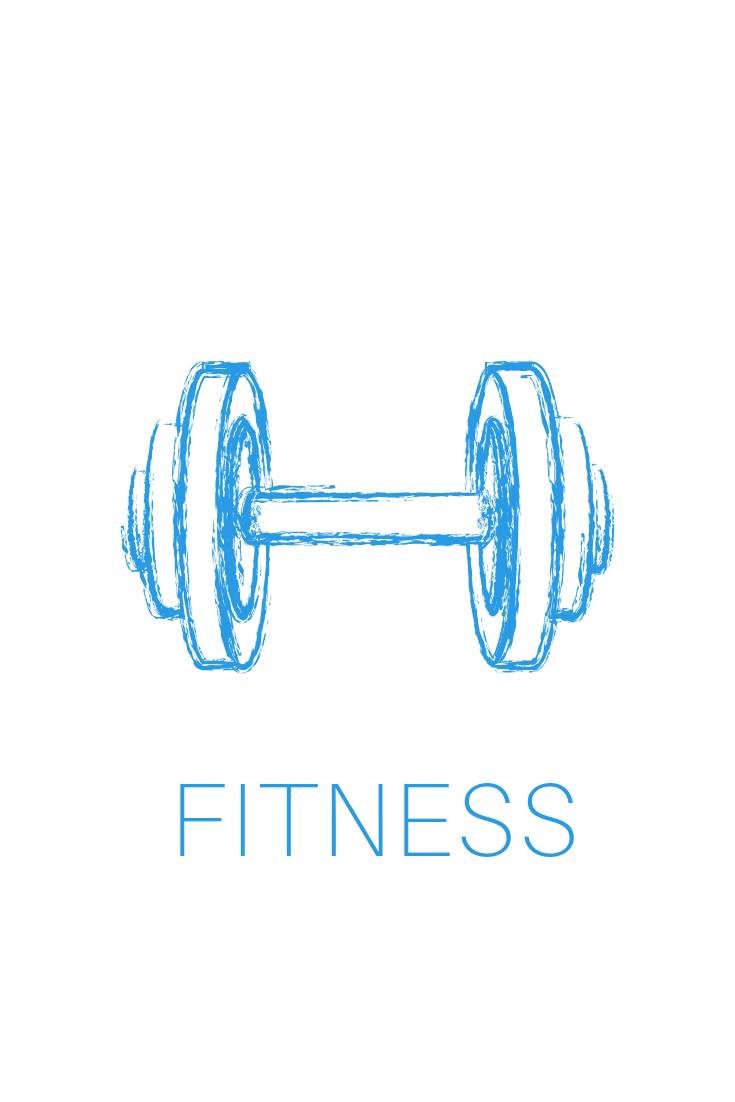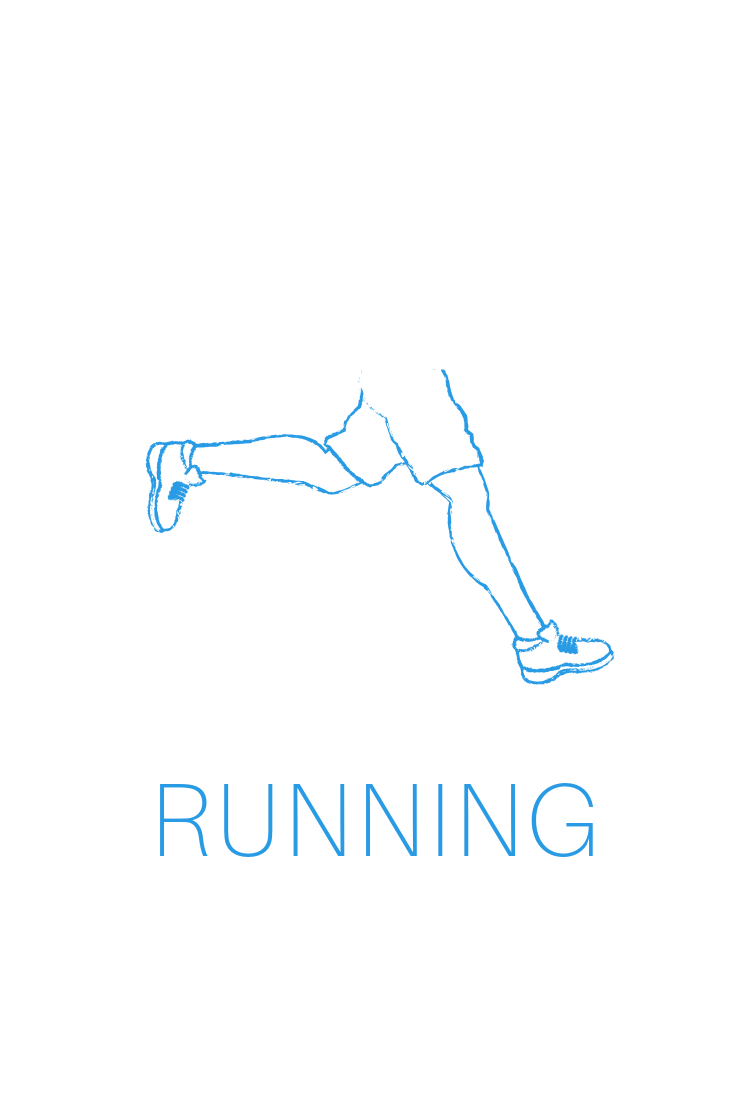Make Your Workout More Effective
Current research suggests that the measure of an effective exercise program is more about what exercise you do rather than how long you exercise for.
Many years ago I worked with a client who had been going to the gym every day for an hour a day, and not seeing any results. His fitness had stalled and he could not shake those last few kgs. I joined him for a training session to see what he was doing, and discovered that within his 60 minute session, he managed to get his heart rate above a moderate level for a total of 7 minutes. It started with a long (slow) walk on the treadmill to warm up. Some slightly heavy lifts of 3-4 reps with long breaks in between, a relaxed 10 minute pedal on the recumbent bike, a fair bit of chatting with the other gym locals, and the rest of the time spent choosing a song on his playlist to keep him motivated for….well….I’m not sure what for?
“Time spent exercising” can mean so many different things - walking for an hour is very different to a high intensity 20 minute HIIT session. Both are good for you, but if you are short on time and want to maximise results, evidence shows that a well programmed 20 minute session is more effective, produces a greater improvement in fitness and takes less time than 60 minutes of steady state cardio.
Australia’s Physical Activity and Sedentary Behaviour Guidelines used to based their recommendations solely on time (i.e. move 60 minutes a day 3 times a week). The most recent update now offers guidance as to the type of activities to we should undertake during our time of exercise. The guidelines suggest including high intensity activities as well as activities that strengthen muscles and bones into your weekly program. Although the time guidelines are still there, the emphasis on quality rather than just quantity is both helpful and correct.
By incorporating multi-dimensional movements with high intensity exercise and appropriate core and strength work, you can achieve a superior workout in a fraction of the time. Here are 3 components that should be considered in a high quality training program:
Diversity
In order to improve your fitness and strength, you need to place your muscular and cardiovascular systems under stress. By repeating the same activities often, our bodies adapt to the stress and become more efficient at performing that activity. This is how training helps us run faster and lift more weight over time. However, if you continue to repeat the same activity at the same level of difficulty or stress without challenging the body, the improvements will come to a halt. By changing your training program regularly, incorporating different movements, increasing your weights and including sprints and intervals into your routine, you will keep the body guessing and this stress will create change.
Intensity
Back in the day when our exercise programs focussed on how long rather than how hard, we used to train in our target heart rate zones. Many of the older cardio machines you find in gyms (such as treadmills and cross-trainers) still show charts which suggest the appropriate heart rate zones for your goals, such as the fat burning zone. We were told that we needed to keep our heart rate in that zone in order to burn fat or improve our fitness. We now know that the most effective way to burn fat and improve cardiovascular fitness is to move quickly in and out of heart rate zones with what’s called HIIT – high intensity interval training. Short hard intervals of work followed by intervals of rest is a fantastic way to lose fat and increase muscle mass. Numerous studies have also demonstrated that HIIT can be more effective at improving cardiovascular fitness than long, steady state training.
Functionality
When considering what movements to include in your training program, it’s helpful to consider what might assist your body in performing day to day, real life activities. Quality training programs include movements that train your muscles to work together and be prepared for daily tasks. Functional movements such as squatting, kettle bell swings, agility runs and push ups emphasise core stability and often combine muscles in the upper and lower body at the same time. Think about what you are doing and why you are doing it to get the most out of each movement.
By being thoughtful about “how well” rather than just “how much”, your training programs will be more efficient and highly effective. So aim for quality rather than quantity and you simply can’t go wrong.
by Angie Black
Hey! I’m Angie. I’m passionate about fitting exercise into your life, for the rest of your life.
BLOG CATERGORIES:







